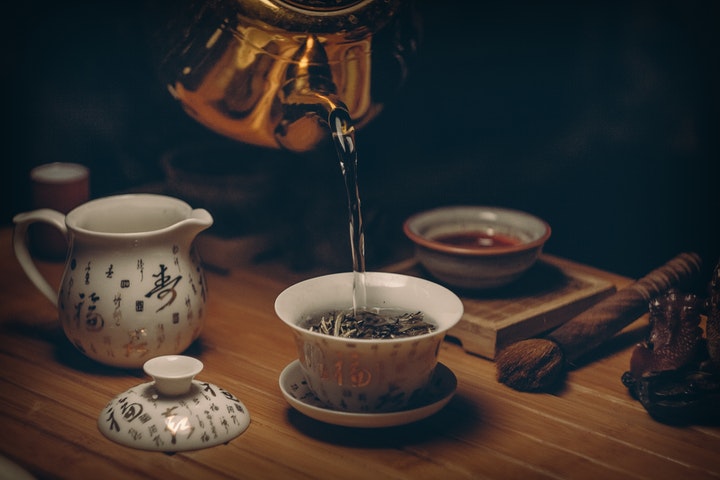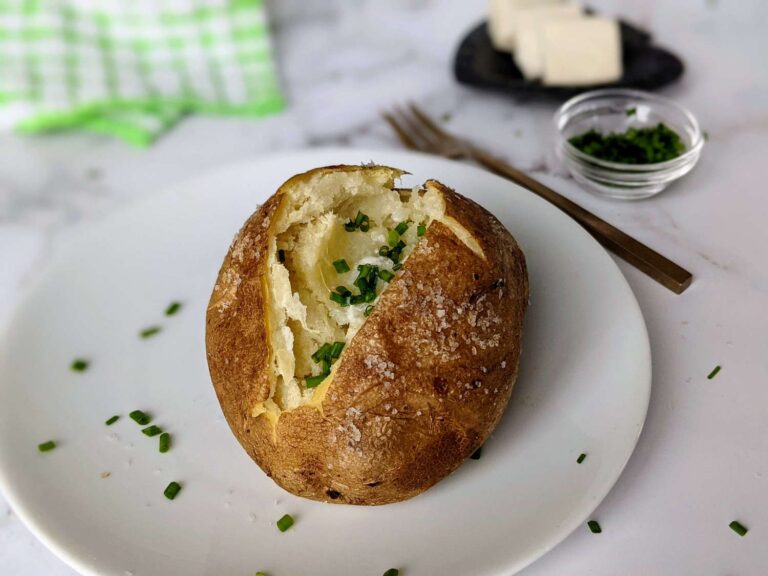Exploring the Cultural Significance of Japanese Tea Ceremonies
What makes the Zen tea ritual so deeply meaningful? The ceremony, known as “chanoyu” or the “Way of Tea,” is much more than a simple act of serving and drinking. It is a highly symbolic ritual representing harmony, respect, purity, and tranquillity. In this article, we will explore the cultural significance of this fascinating practice and how it reflects Japanese values and aesthetics.
Understanding the Essence of Japanese Tea
Japanese tea is more than just a beverage; it embodies a philosophy of life. Deeply rooted in the country’s history, this drink has evolved into a symbol of calm and contemplation. The preparation, presentation, and consumption of tea have become a cultural art form, revered for its focus on mindfulness and the appreciation of the moment.
The Origins and Evolution of the Japanese Tea Ceremony
The roots of this tea ceremony can be traced back to the introduction of tea from China to Japan in the 9th century. However, it wasn’t until the 15th century, under the influence of Zen Buddhism, that the practice developed its spiritual and cultural aspects. Sen no Rikyu, a famous tea master, played a pivotal role in shaping the ceremony as we know it today. He emphasised simplicity, humility, and the profound connection between the host and guest.
The evolution of the ritual reflects the country’s historical changes. Initially, it was consumed as a medicinal beverage among the aristocracy. Later, it symbolises peace and reflection, especially among samurai and monks. Today, the tradition represents Japanese culture and is often performed during significant events and gatherings.
Key Elements of the Ceremony
Four fundamental principles guide the practice of Zen ritual. These principles serve as the ritual’s foundation and reflect the cultural emphasis on mindfulness and connection with nature.
- Wa (Harmony): The connection between people and nature, creating a balanced and peaceful environment.
- Kei (Respect): Showing deep respect for others, whether they are the host, guests, or even the objects used in the ceremony.
- Sei (Purity): Maintaining cleanliness in both the physical setting and the mind, purifying the space and the heart.
- Jaku (Tranquility): The inner peace and calm achieved through the simplicity and mindfulness of the ceremony.
The Role of the Tea Room
The tea room, or “chashitsu,” is integral to the ceremony. The space is designed to be simple, tranquil, and distractions-free. A small entrance, known as “nijiriguchi,” symbolises humility, requiring guests to bow as they enter. The room’s minimalistic design, often featuring tatami mats and natural elements, allows participants to focus on the present moment and the essence of the ritual.
In traditional Japanese culture, the chashitsu is more than just a physical space; it is a place where time slows down, and participants can detach from the stresses of everyday life. The setting encourages contemplation, quiet reflection, and appreciation for the moment’s beauty.
The Symbolism of Utensils
Every tool used in the ritual has a symbolic meaning, contributing to the overall experience. The essential tools include:
• Chawan (bowl): Represents the relationship between the host and guest, as the bowl is shared in a communal act.
• Chasen (whisk): Used to mix the powdered drink, symbolising the blending of elements in life.
• Chashaku (scoop): A simple bamboo scoop used to measure the right amount of powder, reflecting the importance of precision and balance.
The Cultural Significance of the Ceremony
The ritual is more than a social gathering; it reflects core cultural values. The practice emphasises mindfulness, humility, and appreciation of nature and art. In a fast-paced world, it offers peace, allowing participants to reconnect with themselves and others. This ceremony has been used for centuries to foster relationships, resolve conflicts, and celebrate important moments. It serves as a reminder that simplicity and mindfulness can create profound connections with the self and others.
The Japanese tea ceremony is a profoundly spiritual and cultural practice that offers more than just the act of drinking tea. It is a ritual that celebrates simplicity, mindfulness, and connection. The ceremony is a powerful reflection of Japanese culture, offering valuable lessons for those seeking balance.






